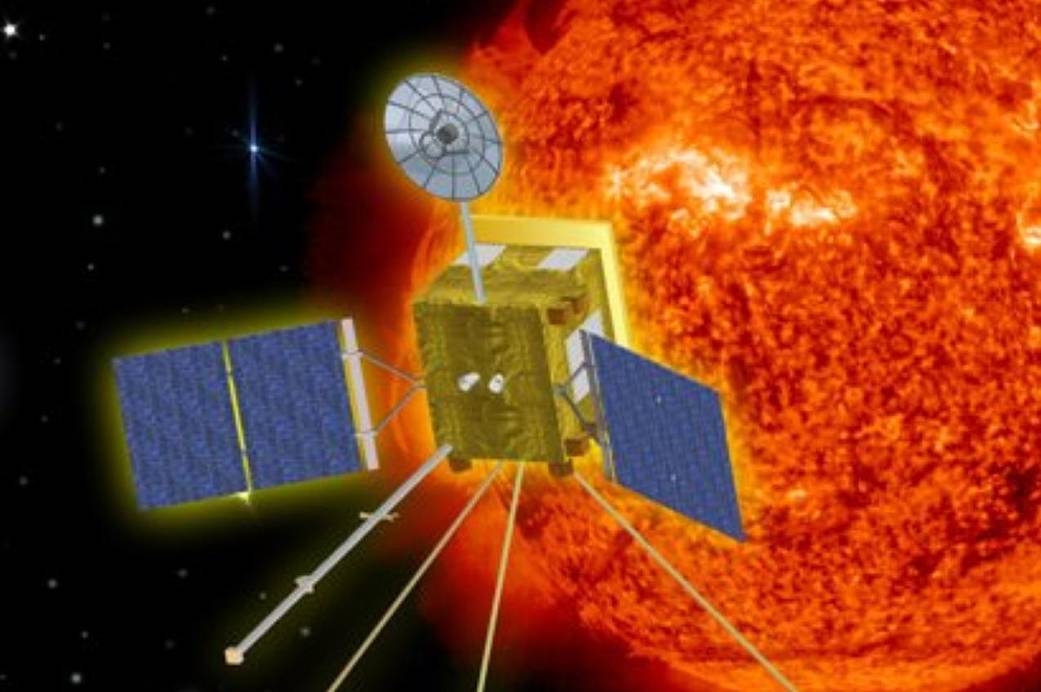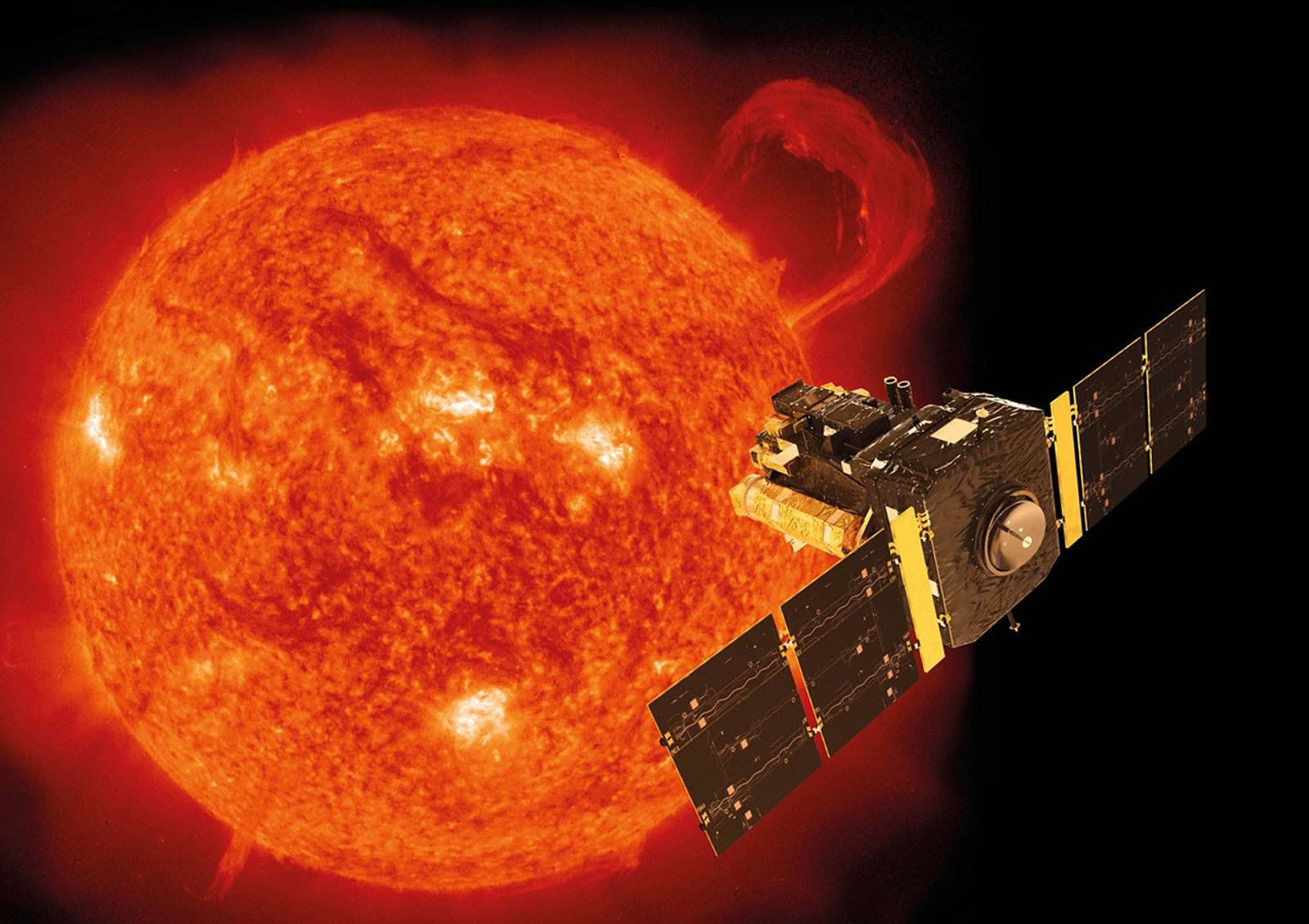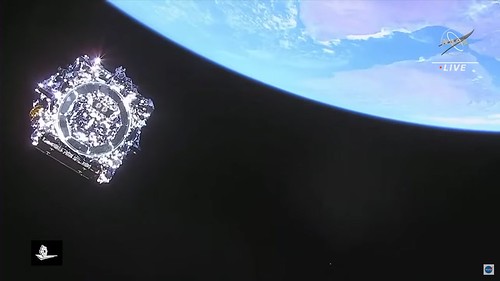🚀 NASA Launches Missions to Study the Sun & the Universe’s Origins
🚀 Quick Summary
- NASA has launched multiple missions to study the Sun and the early universe.
- These missions aim to understand solar activity, space weather, and the Big Bang’s aftermath.
- New technology will help scientists predict solar storms and explore the universe’s first light.
- These discoveries will shape future space exploration, technology, and even life on Earth.
☀️ Studying the Sun: Why It Matters
The Sun is the heart of our solar system, but its activity can impact Earth in major ways. Solar storms and flares can disrupt satellites, power grids, and communication systems. To better understand and predict these events, NASA has launched new missions dedicated to studying our star’s behavior.
🔹 Key NASA Solar Missions
🚀 Parker Solar Probe – The closest spacecraft to the Sun, studying its corona and solar wind.
🛰 Solar Orbiter – Capturing the first-ever images of the Sun’s poles.
🌎 Heliophysics Missions – Investigating how the Sun’s energy affects Earth’s atmosphere and climate.
Understanding solar activity helps us protect astronauts, satellites, and technology from harmful radiation.
🌌 Unraveling the Universe’s Origins
NASA’s latest missions also aim to explore the earliest moments of the universe—right after the Big Bang. By looking at ancient light and cosmic radiation, scientists can piece together how galaxies, stars, and planets formed.
🔹 Key Missions Exploring the Universe’s Origins
🔭 James Webb Space Telescope (JWST) – Capturing light from the first galaxies ever formed.
🌌 Cosmic Microwave Background Missions – Studying the leftover radiation from the Big Bang.
🛰 Roman Space Telescope – Exploring dark matter and the expansion of the universe.
These missions help answer fundamental questions:
❓ How did the first stars and galaxies form?
❓ What role does dark energy play in the universe?
❓ Is there life beyond our solar system?
🌍 How These Missions Benefit Us on Earth
NASA’s studies of the Sun and universe don’t just expand our knowledge—they directly impact life on Earth.
✅ Better Space Weather Predictions – Protecting satellites and power grids from solar storms.
✅ Advancements in Technology – Innovations in optics, materials, and AI for future space travel.
✅ Inspiring the Next Generation – New discoveries fuel interest in space, science, and STEM careers.
🔍 FAQs: NASA’s Sun & Universe Missions
1. Why does NASA study the Sun?
The Sun affects Earth’s climate, communication systems, and space travel. NASA’s research helps predict solar storms and understand how stars work.
2. How do space telescopes see the early universe?
They detect infrared and microwave radiation, which has traveled billions of years across space from the first galaxies after the Big Bang.
3. What is the Parker Solar Probe’s mission?
It’s the first spacecraft to fly into the Sun’s outer atmosphere (corona), studying solar winds and energy bursts.
4. How does this research help astronauts?
By understanding solar radiation and cosmic waves, NASA can better protect astronauts on missions to the Moon and Mars.
5. Can these missions find extraterrestrial life?
By studying how stars and planets form, NASA hopes to identify habitable worlds and answer the question of life beyond Earth.
















0 comments:
Post a Comment